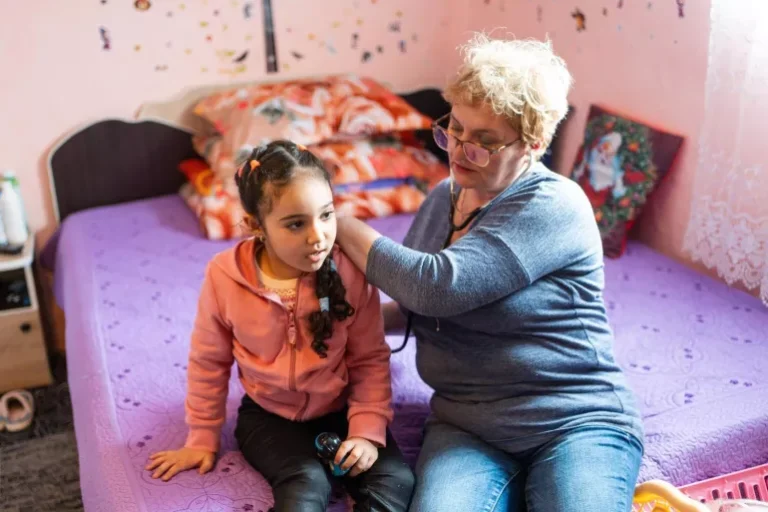The global child mortality rate has reached a record low, dropping to an estimated 3.5% in 2022. This milestone reflects major progress in child health worldwide, with more children surviving past their fifth birthday than ever before.
Health experts attribute the decline to improvements in healthcare access, vaccination programs, better nutrition, and advancements in maternal care. Many countries have made significant investments in pediatric health services, resulting in measurable reductions in preventable deaths.
International organizations note that efforts to reduce child mortality have focused on key areas such as combating infectious diseases, improving sanitation, and promoting early childhood care. These initiatives have helped save millions of young lives over the past decades.
The 3.5% mortality rate represents a significant drop compared to previous years. In 2000, global child mortality was over 9%, showing that sustained public health efforts can lead to lasting change. Experts say continued focus on vulnerable regions is essential to maintain and accelerate this progress.
Developing countries have benefited most from targeted health programs, with investments in vaccines, maternal education, and access to clean water making a major difference. At the same time, high-income countries continue to improve neonatal care, ensuring the lowest mortality rates in the world.
While this achievement is encouraging, health authorities emphasize that challenges remain. Inequalities in healthcare access and persistent poverty in some regions continue to put children at risk. Continued funding, innovation, and global cooperation are necessary to further reduce child mortality.
The record low mortality rate also underscores the importance of monitoring and data collection. Accurate statistics help governments and organizations identify areas needing intervention and allocate resources effectively.
Overall, the drop to 3.5% in global child mortality is a historic achievement. It reflects decades of coordinated health initiatives, research advancements, and policy focus. By continuing these efforts, the world can move closer to the goal of ensuring every child has a healthy start to life.


